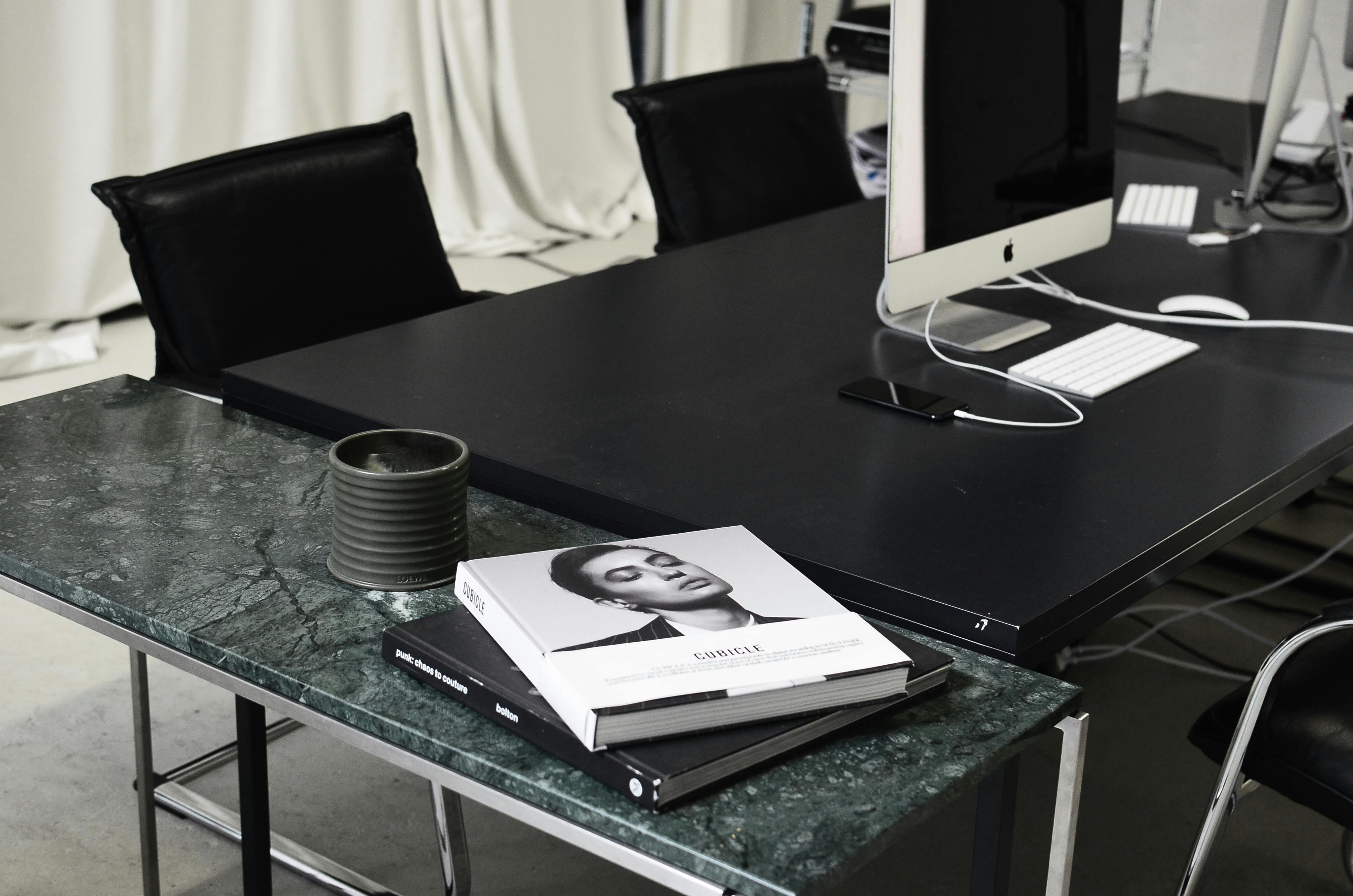Country Dressing – So you want to country dress a deer
Dressing a deer in the field is a kind of work. You have to have a very strong constitution for it. It’s all blood and guts, after all. But you have decided to be a deer hunter, so you have to be able to do it and do it well. Of course you don’t want to waste your catch by spoiling the meat. Get ready. This is an experience you will never forget.
You will need a handful of tools for the field preparation procedure. At a minimum, you should have the following:
– very sharp knife that is comfortable in the hand
– disposable latex or vinyl gloves
– small saw to cut bones
– short light rope about 10 feet long
– very clean cloth (several is better)
– sealable bag for the heart and liver (if you want to store them)
Now you are ready. Good. You went and caught a deer. It’s time to get to work.
There are two very important rules to keep in mind at all times. One: Don’t rush. You are working with a very sharp knife. Two: don’t take your eyes off your work when your hands are moving. Cutting off your hands will slow you down because they are the ones doing the work. If you cut yourself, seal it well to protect yourself from deer blood. You don’t know what it can take.
The first thing is to prepare your work area. Move the deer to a conspicuous location, especially visible to other hunters in the area. Place a bright orange cloth (or something noticeable) high up on a tree branch. Place your tools next to the carcass at a safe and accessible distance, preferably in the order you will use them. Take off your heavy coats and wrist units. Tie off anything that might block your view or fall into your work space.
Be in the right frame of mind. Don’t handle a very sharp knife if you are tired, upset, or distracted. Even if you are too cold or your fingers are numb. Most importantly, don’t use a dull knife. It will overwork you, frustrate you, and annoy you. This promotes accidental injuries or stray cuts that could spoil the meat. Safety must come first.
The straight cut. Place the carcass with its back on the ground, head up and higher than the rest of the body. With gloves on, your first cut will be an incision just below the breastbone (sternum) with the edge of the knife facing up. Insert your index and middle fingers, facing up and through the cut. Form a “V” and push the skin up. Place the knife facing up between your fingers. This will help prevent cutting of internal organs that could contaminate the meat. Following the direction of the hair, continue the incision, with a knife between the fingers, to the penis of a male or the udder of a doe.
First stage of withdrawal. Make a 2-inch-deep incision around the rectum, cutting in a circular motion as you move around. If fecal matter is present, tie off the rectum. Pull it back into the body cavity so that it is now only attached to the intestines.
– For a dollar, remove the testicles. Reach into the body cavity and remove the
penis at its base.
– For a doe, cut around the udder and remove it.
Second stage of withdrawal. Although not necessary, it is recommended to split the sternum and pelvic bone in half with a saw. It will make it easier to cool down the carcass and make it much easier to remove the internal organs. Locate the bladder as a pear-shaped sac in the lower abdomen. Pinch or tie it off and cut it off, taking special care not to let out any urine that may be present (use your cloth). Place the bladder at a safe distance from your work space. If necessary, use the extra clothing to clean up any leaks coming from the internal organs before and after they are removed. Watch for any dirt or debris that may have entered the body cavity and remove it.
Roll the casing to one side. Most of the internal organs will loosen at this point. Cut away all the connective tissue that is still holding the organs and intestines in place. If necessary, roll the carcass to the opposite side and cut away any tissue that is still attached. Roll it up again. Make sure the body has drained all fluids before continuing.
Remove the diaphragm to gain access to the chest cavity. This is a strong membranous muscle that separates the chest cavity, with the heart and lungs, from the abdominal cavity. Reach as far as you can to remove as much of the trachea as you can. Now remove the remaining organs, heart, lungs and liver. Use the sealable bag to save the heart and liver, if you like. And you are ready.
Please properly dispose of all organs that were removed, including any and all body parts. Use the rope to drag the deer out of the field. This is most popularly done with the feet and not the head.
There you go. A quick and straightforward procedure to properly dress a deer in the field. Be careful out there. Take care. And good luck!
July 2008
